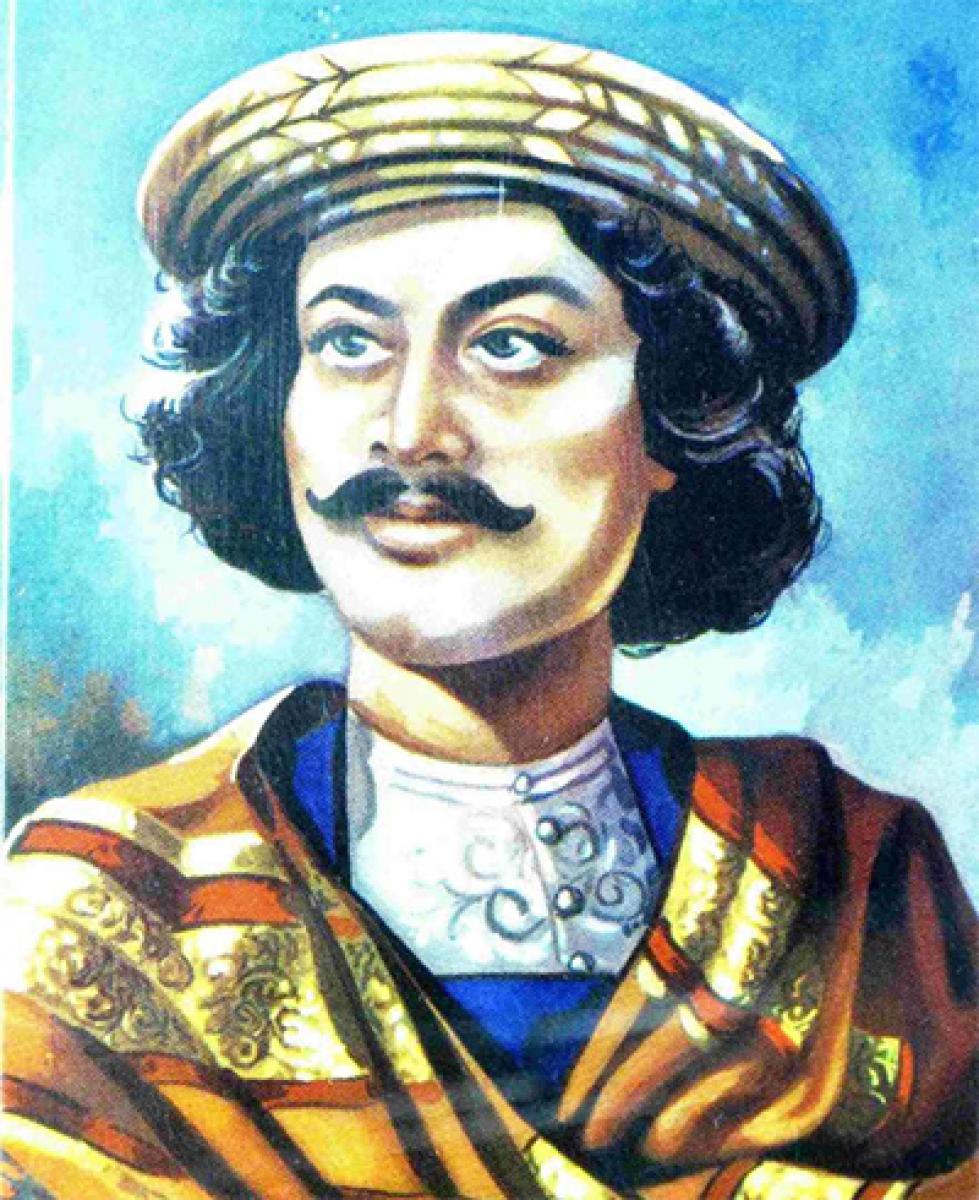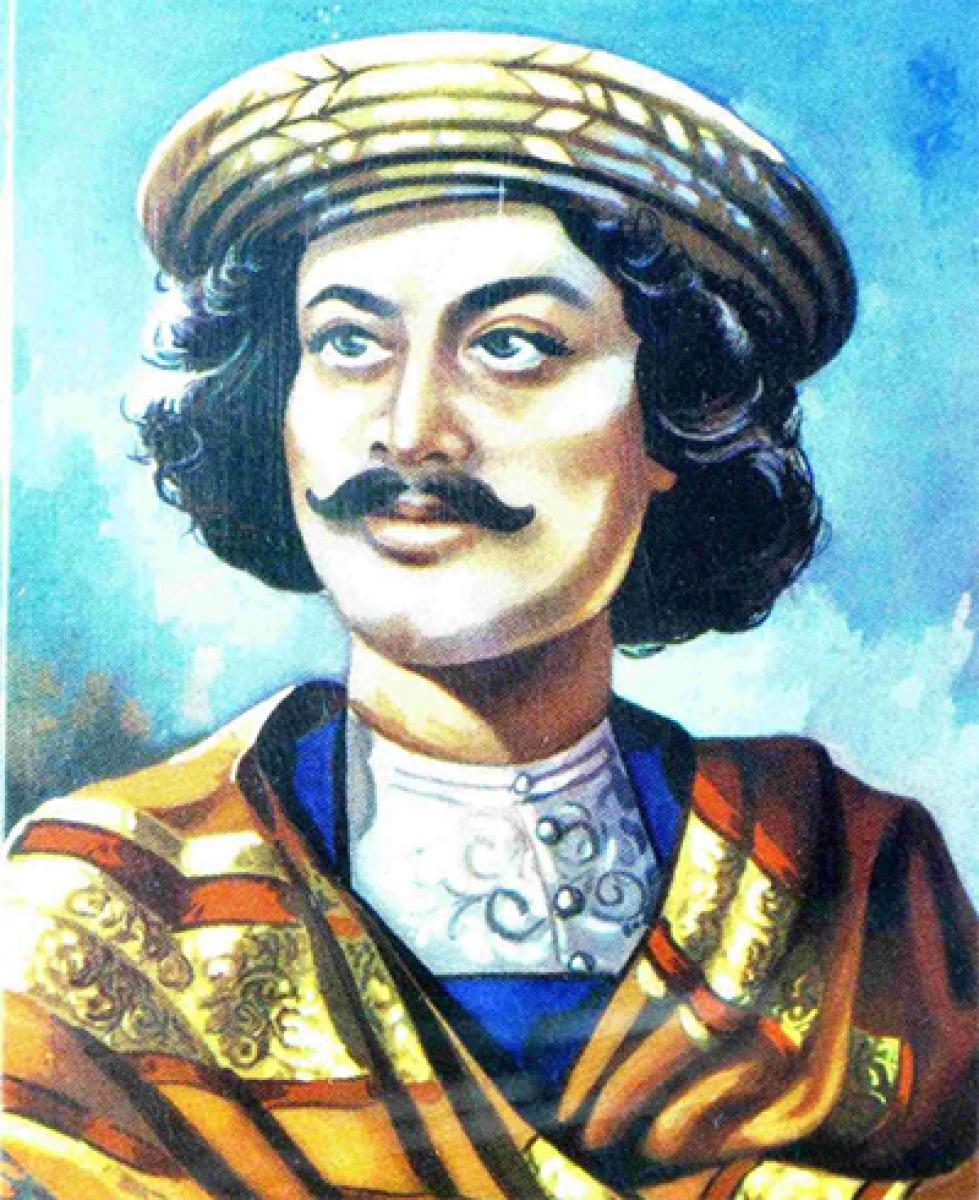Live
- Exhilarating ‘Benchmark’ of Venkat Changavalli
- Development activities worth `30 cr launched in Puthalapattu constituency
- Allegations against KTR baseless: BRS leader
- Megastar Chiranjeevi to Visit Allu Arjun’s Residence at 12 PM Today
- Nilima Rane: Trailblazer in Nursing
- Casual yet stylish office outfits for all-day comfort
- TTD to suspend all special darshans from January 10 to 19 amid Vaikuntha dwara darshans
- Naidu pats TDP leaders, cadres for enrolling 73L members
- Rupali Ganguly says for 20 years she never got an award
- Advanced anti-drone systems deployed for devotees’ safety at Mahakumbh
Just In

These social and religious reform movements arose among all communities of the Indian people. They attacked bigotry, superstition and the hold of the priestly class. They worked for abolition of castes and un touchability, purdah system, sati, child marriage, social inequalities and illiteracy.
 From the late 19th century a number of European and Indian scholars started the study of ancient India’s history, philosophy, science, religions and literature. This growing knowledge of India’s past glory provided to the Indian people a sense of pride in their civilisation.
From the late 19th century a number of European and Indian scholars started the study of ancient India’s history, philosophy, science, religions and literature. This growing knowledge of India’s past glory provided to the Indian people a sense of pride in their civilisation.
It also helped the reformers in their work of religious and social reform for their struggle against all type of inhuman practices, superstitions etc. Since they had become associated with religious beliefs, therefore most of the movements of social reform were of a religious character.
These social and religious reform movements arose among all communities of the Indian people. They attacked bigotry, superstition and the hold of the priestly class. They worked for abolition of castes and un touchability, purdah system, sati, child marriage, social inequalities and illiteracy.
Some of these reformers were supported directly or indirectly by the British officials and some of the reformers also supported reformative steps and regulations framed by the British Government. Brahmo Samaj and Raja Ram Mohan Roy Men and women enjoy certain rights and freedom today.
But do you know that they were given to us by the untiring efforts made by certain reformers. Among the great reformers of this period, Raja Rammohan Roy deserves special mention. He presented a fine combination of East and the West. A man of great literary talent and well versed in Indian culture, he also made special effort to study Christianity and Islam so that he could deal with them with understanding.
He felt great revulsion for many practices prevailing in India that enjoyed religious approval. His main pre-occupation was how to rid the Hindu religion of image worship, sacrificial rites and other meaningless rituals. He condemned the priestly class for encouraging these practices. He opined that all the principal ancient texts of the Hindus preached monotheism or worship of one God.
His greatest achievement in the field of relisious reform was an setting up in 1828 of the Brahmo Samaj. The Brahmo Samaj was an important organization of religious reforms. It forbade idol-worship and discarded meaningless rites and rituals. The Samaj also forbade its members from attacking any religion. It beliefed in the basic unity of all the religions.
Raja Rammohan Roy believed that man should adopt truth and goodness and should give up things based on falsehood and superstition. Raja Rammohan Roy was not merely a religious reformer but a social reformer also. His greatest achievement was the abolition of Sati in 1929. Raja Rammohan Roy realised that the practice of Sati was due to the extremely low position of Hindu women. Therefore he started working as a stout champion of women’s rights.
He worked very hard for years to stop this practice of ‘Sati’. In the early 1818 he set out to rouse public opinion on the question of Sati. On the one hand he showed by citing the authority of the oldest sacred books that the Hindu religion at its best was opposed to the practice and on the other, he appealed to reason and humanity and compassion of the people.
He visited the burining ghats of Calcutta to try and persuade the relatives of widows to give up their plan of selfimmolation. His campaign against Sati aroused the opposition of the orthodox Hindus who bitterly attacked him. Raja Rammohan Roy was also deeply opposed to the caste system that prevailed in Indian society.
A humanist and democrat to the core, he wrote and talked against the caste system. Another important area that concerned him was Hindu theology. Study of the Vedas and Upanishads gave him ground to show that monotheism was the original Hindu belief and hence he denounced polytheism and idolatry. In fact the philosopher did not insist on the creation of a new religion but merely endeavoured to ‘purify’ the Vedic religion from the crude and most ignorant superstitions.
He proclaimed that there is only one God for all religions and for all humanity. He wrote in Bengali and English. He was an ardent promoter of English education. He was also well versed in the Persian language and some of his most liberal and rational ideas were expressed in his early writings in that language. He advocated the abolition of polygamy (a practice of man having more than one wife) and child marriage.
He wanted women to be educated and given the right to inherit property. He condemned the subjugation of women and opposed the prevailing ideas that women were inferior to men in intellect or in a moral sense. He advocated the rights of widows to remarry. To bring his ideas into practice, Raja Rammohan Roy founded the Brahmo Sabha in 1828 which later came to be known as Brahmo Samaj.
It was open to all persons regardless of their colour, convictions, caste, nationality, and religion. It emphasised human dignity, opposed idol worship and condemned social evils like sati pratha. It was not meant lo be a separate religious sect but only a place where all those who believed in one true God could meet and pray. No images were allowed and no sacrifices and offerings permitted. Debendra Nath Tagore (l817-1905), the son of Dwarkanath Tagore, founder member of Brahmo Samaj, succeeded Raja Rammohan Roy as the leader of the Brahmo Samaj.
He put new life in the Samaj and propagated Raja Rammohan Roy’s ideas. Keshub Chandra Sen (l838-1884) took over the leadership of the Samaj from Tagore. The Brahmo Samaj stood for the principles of individual freedom, national unity, solidarity and collaboration and the democratisation of all social institutions and relations.
It thus became the first organised vehicle for the expression of national awakening and inaugurated a new era for the people of India. However, the Brahmo Samaj was weakened by internal dissensions and its influence remained confined to urban educated groups. But it left its impact on the intellectual, social and political life of Bengal.

© 2024 Hyderabad Media House Limited/The Hans India. All rights reserved. Powered by hocalwire.com







